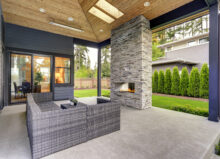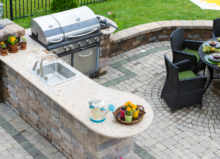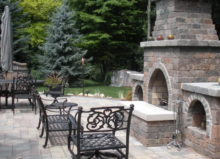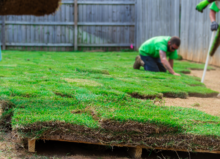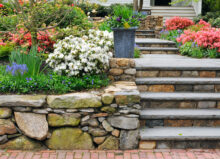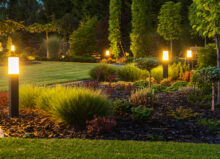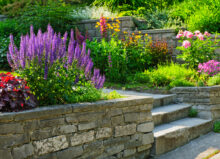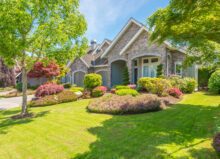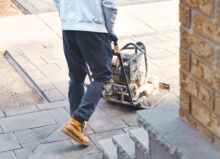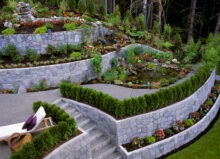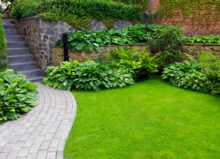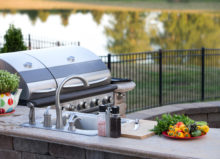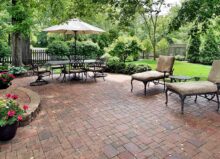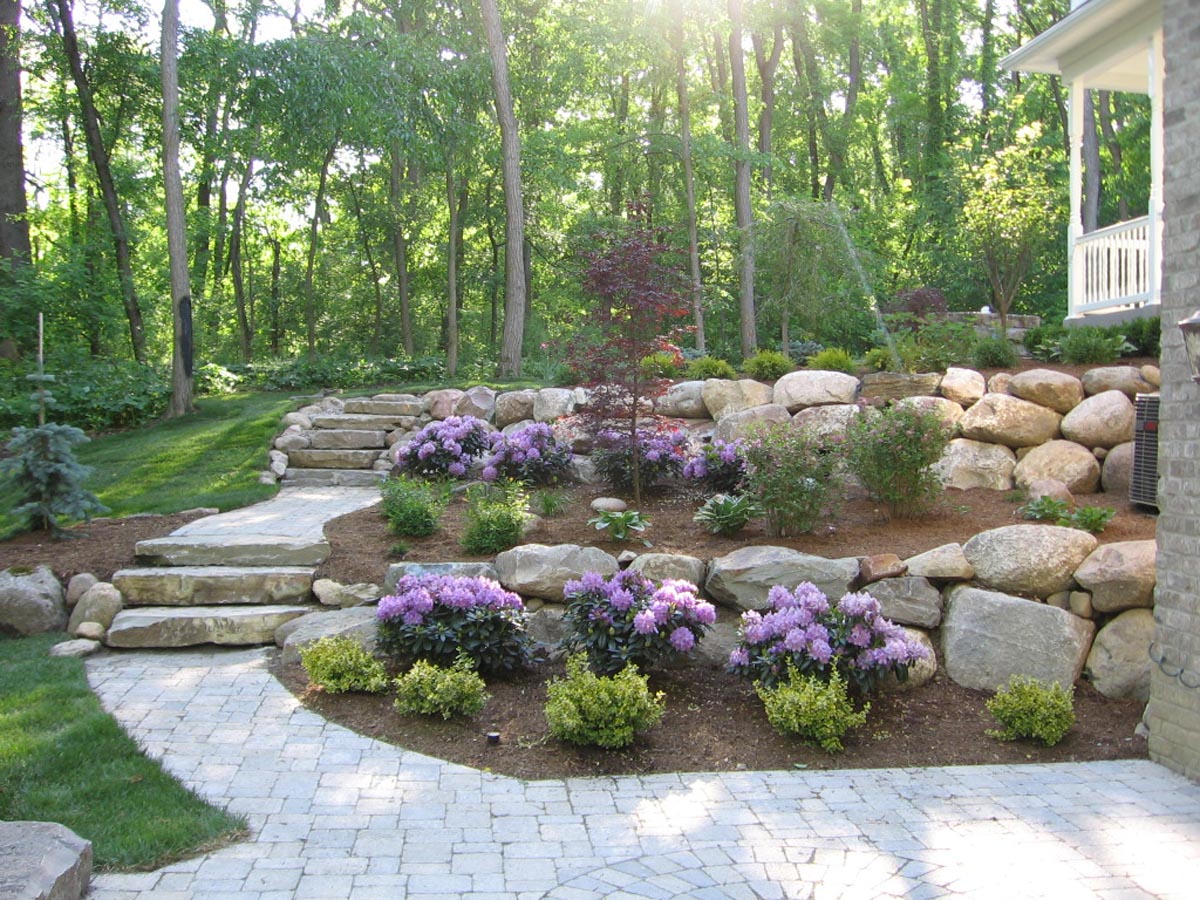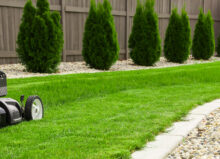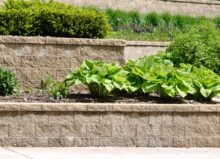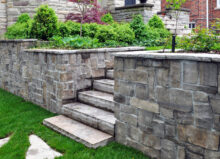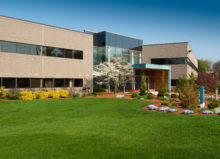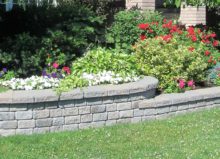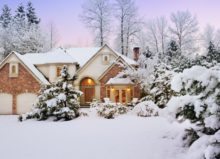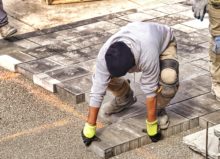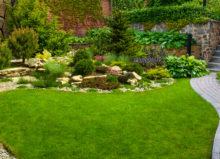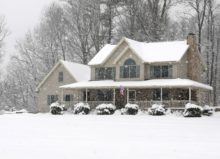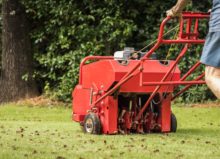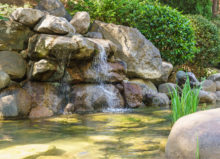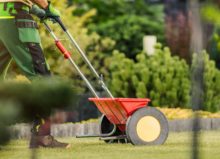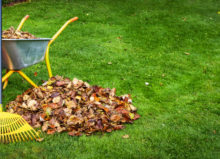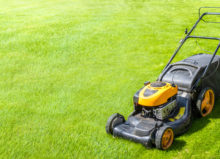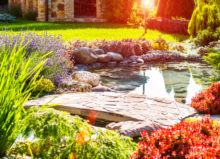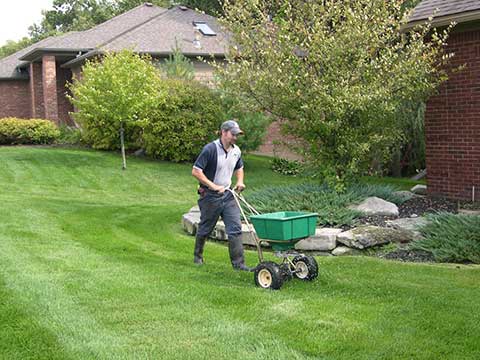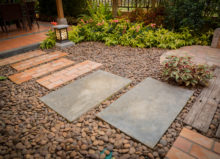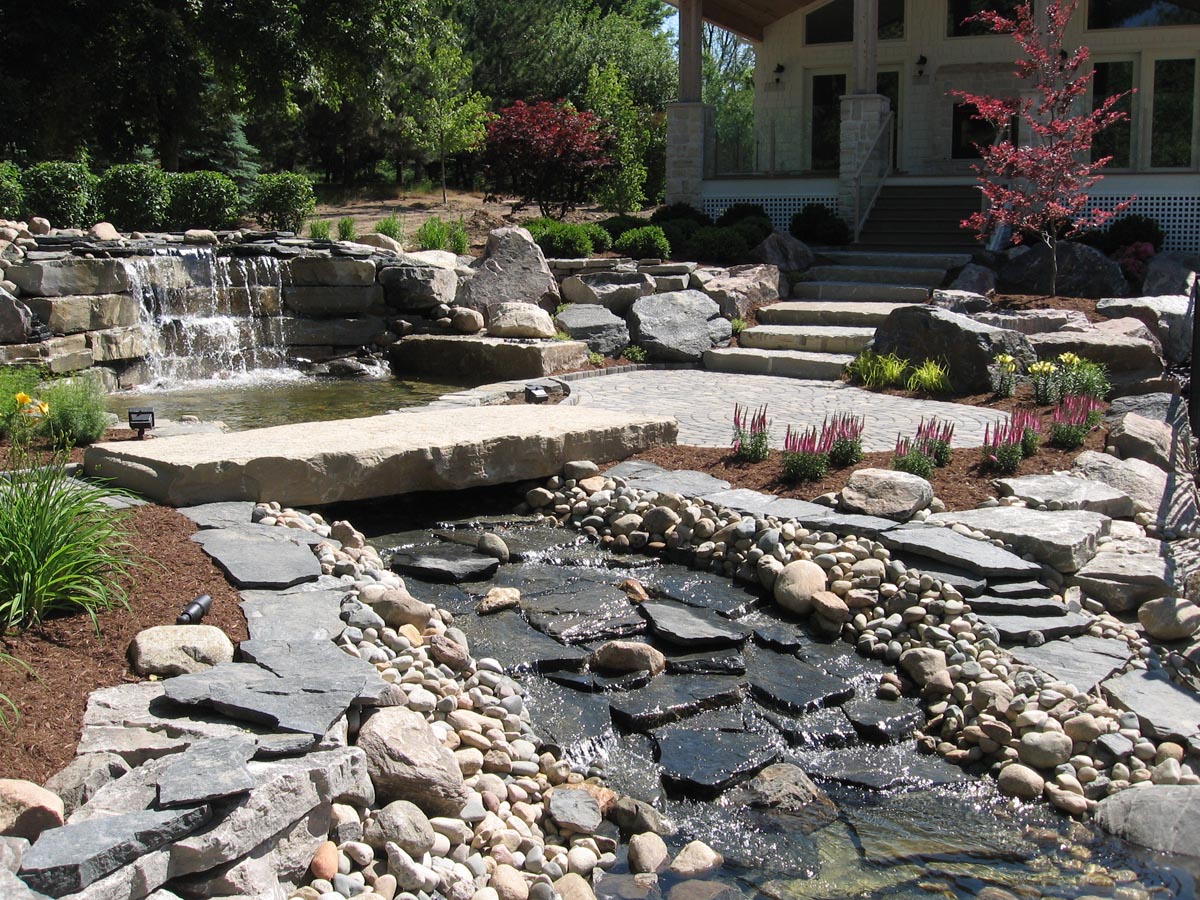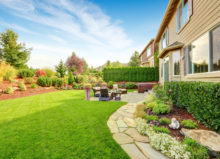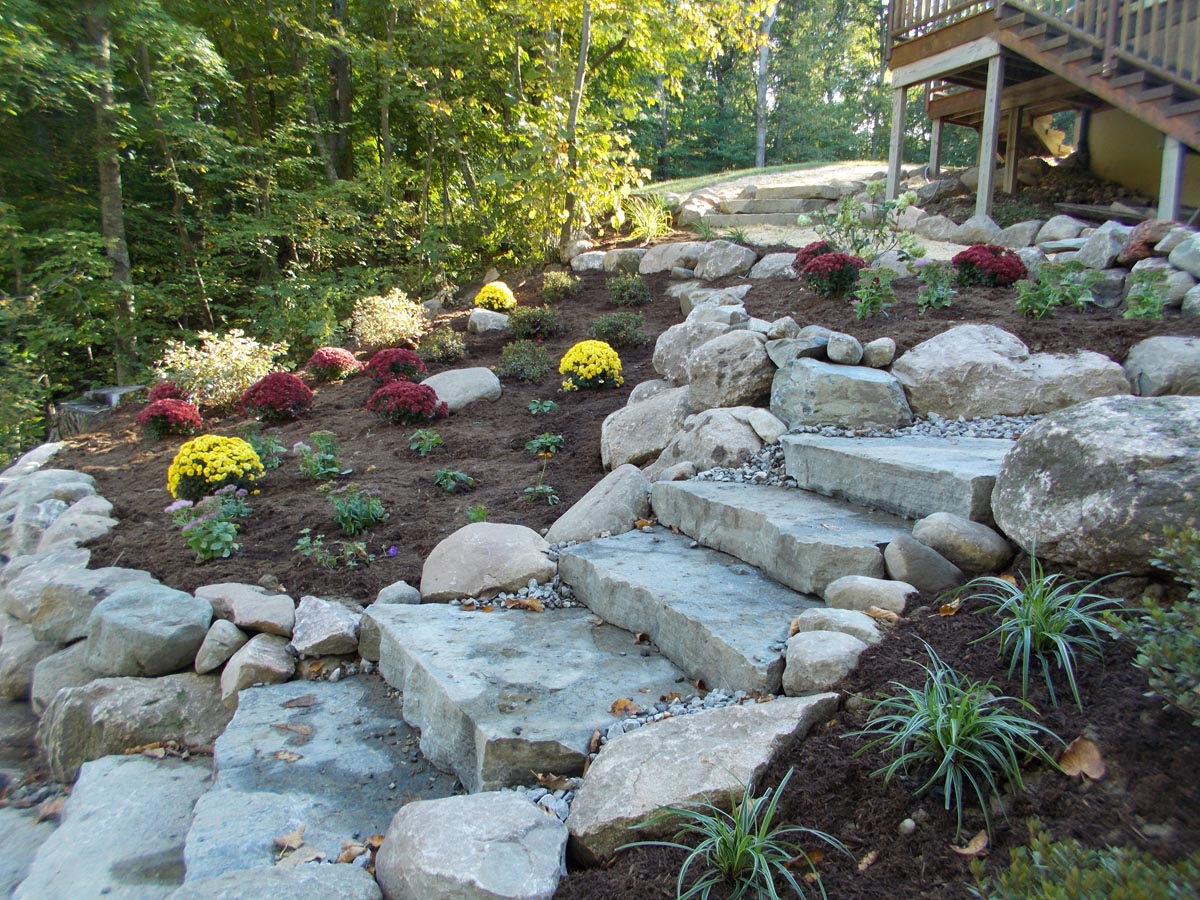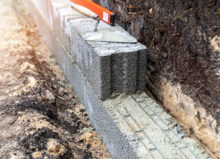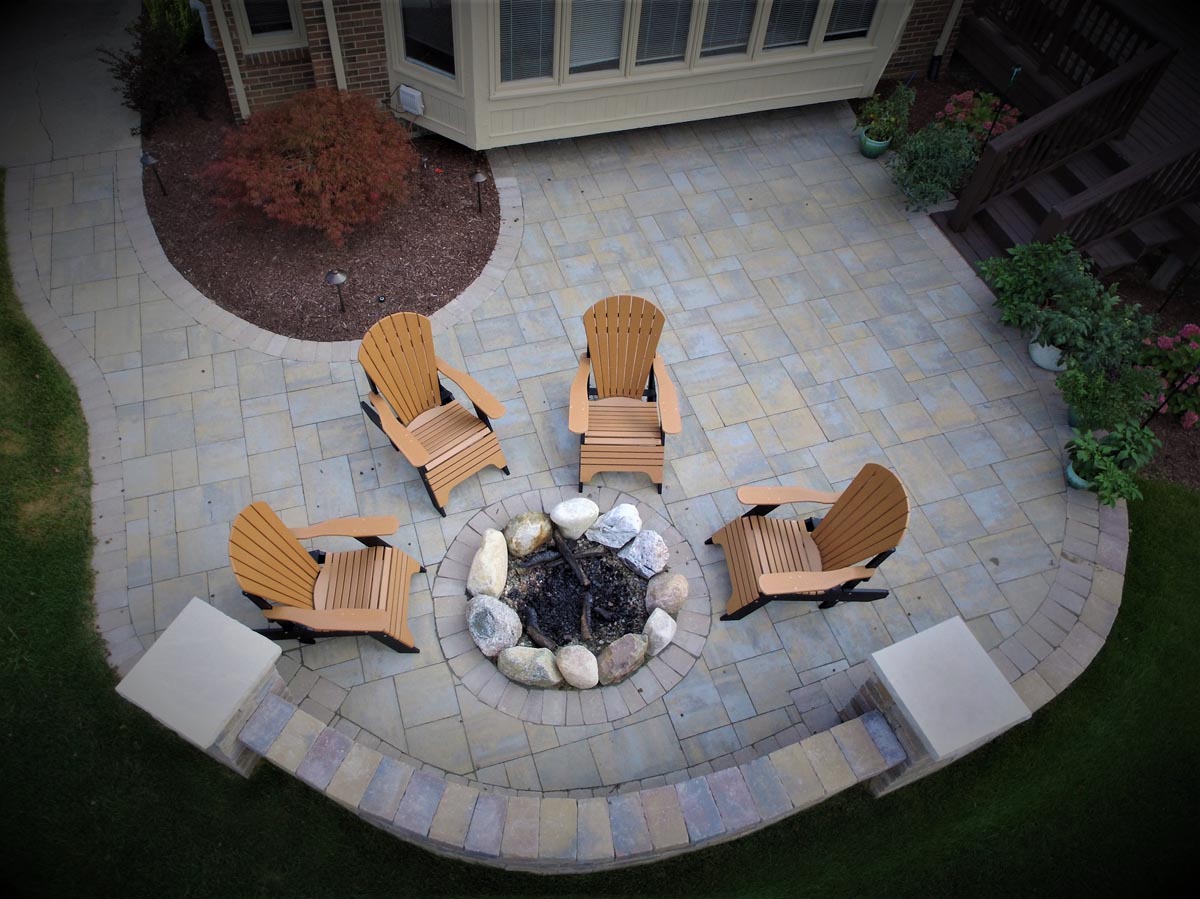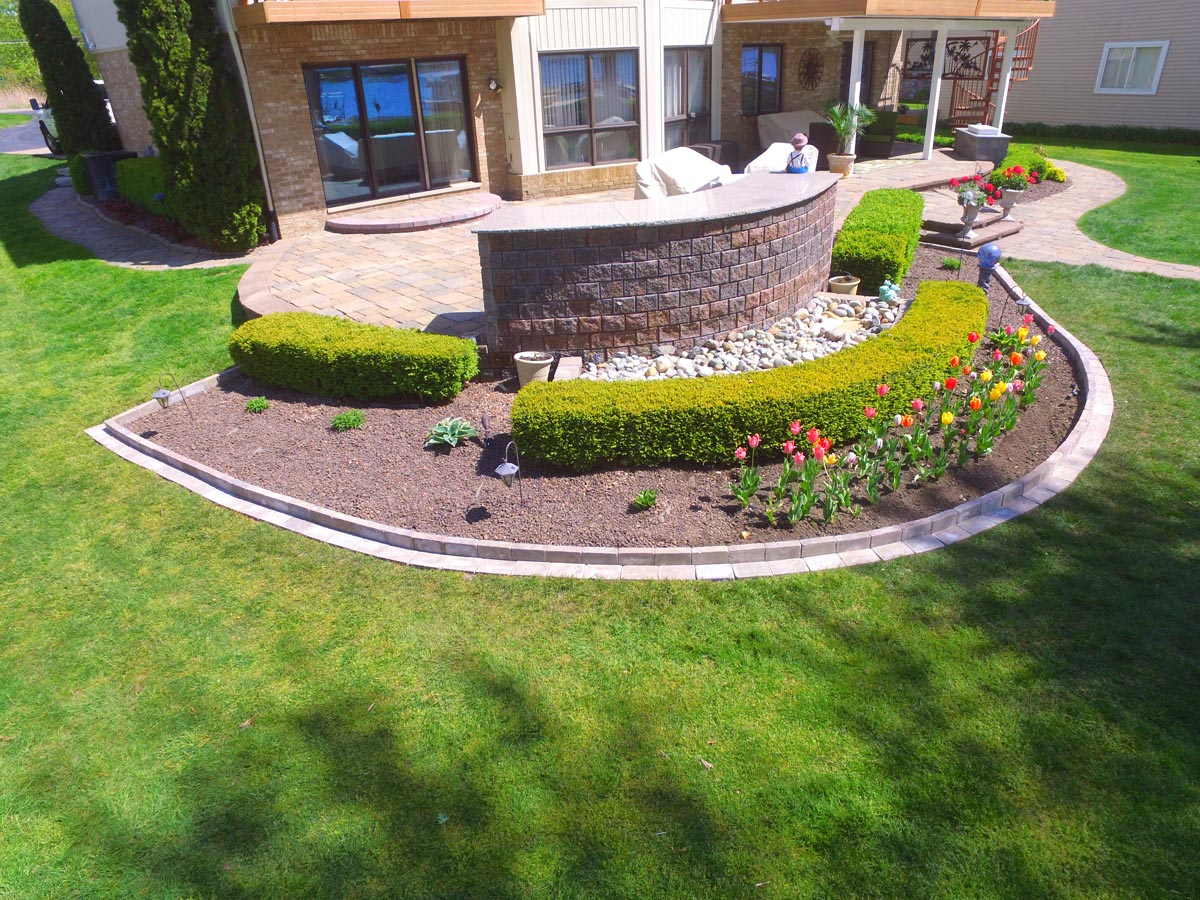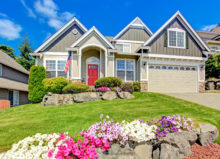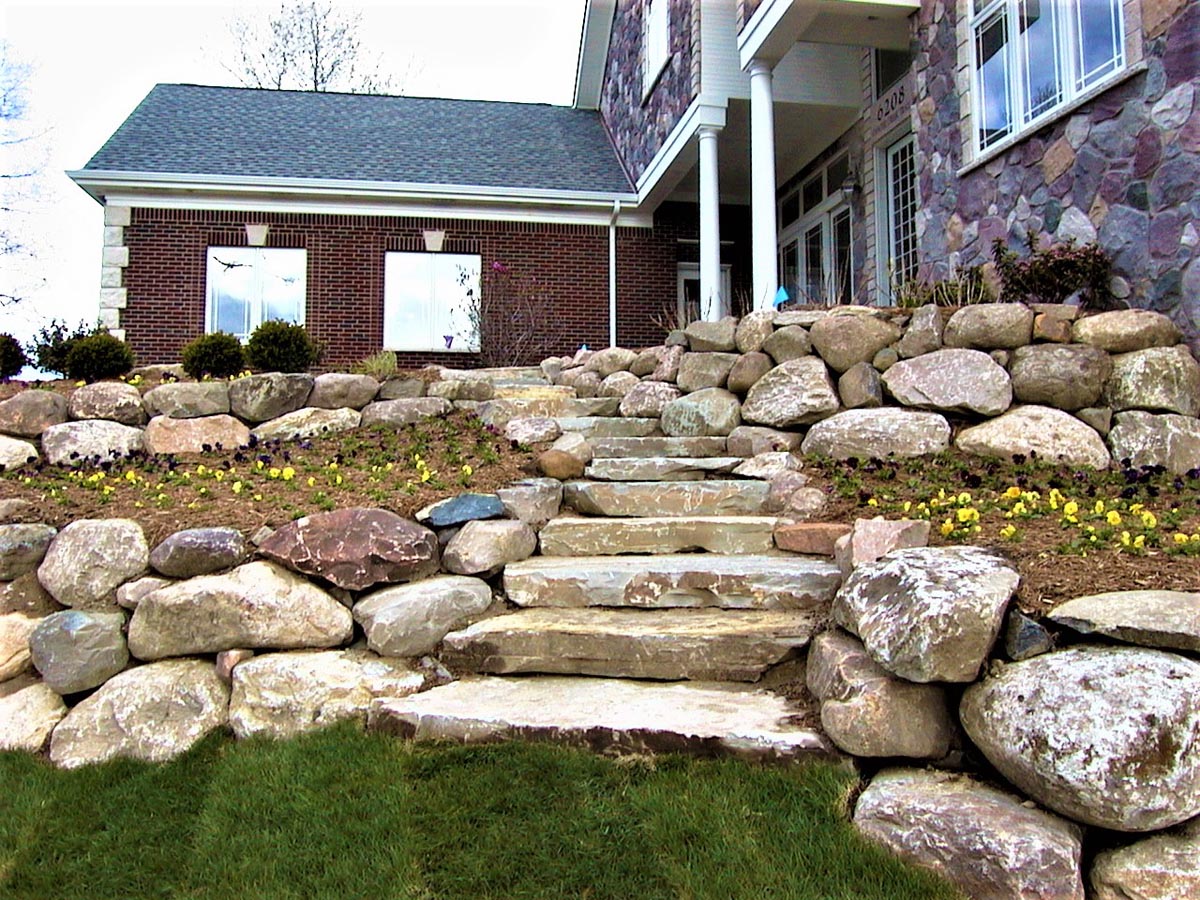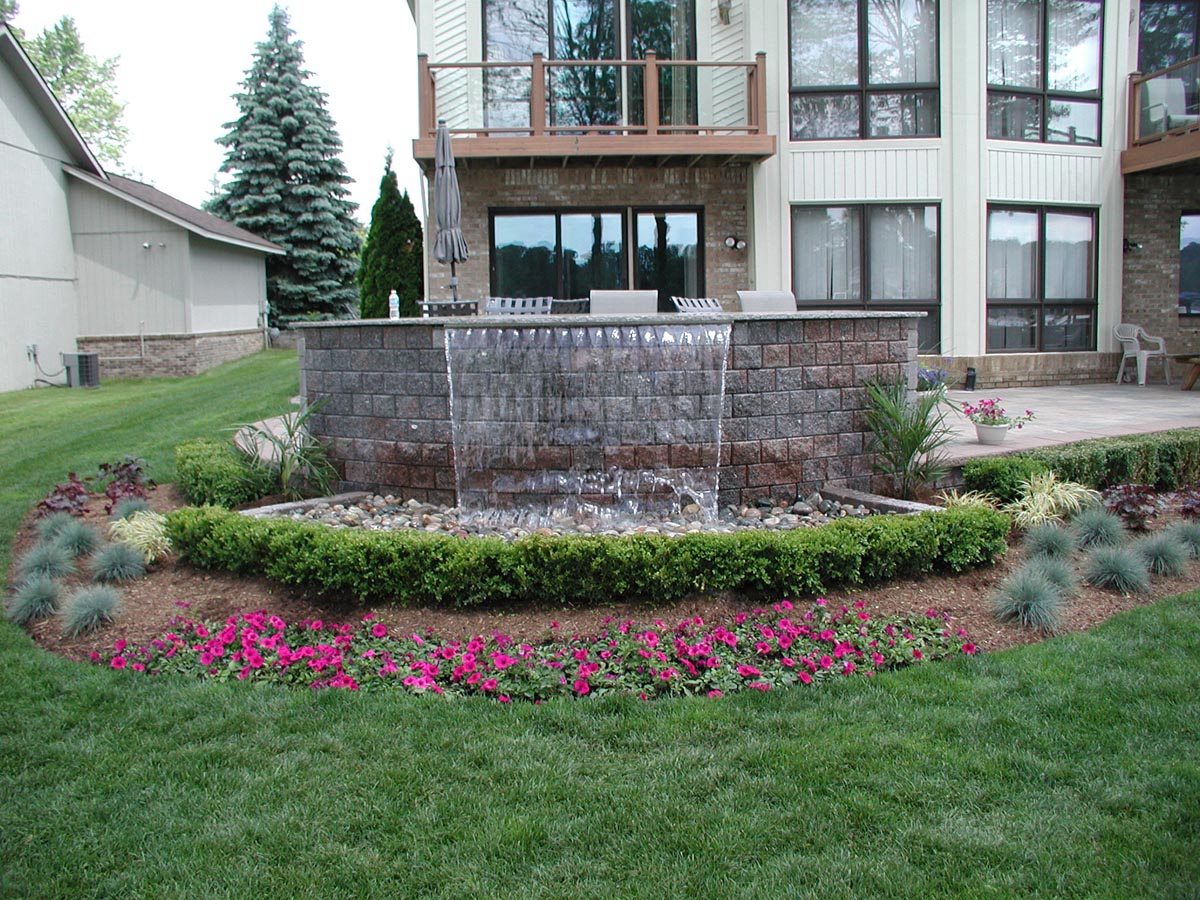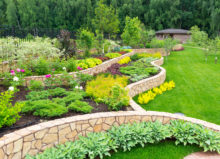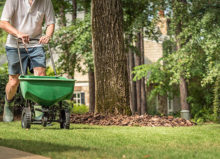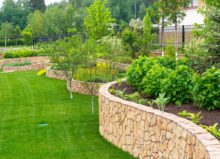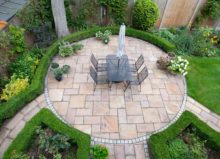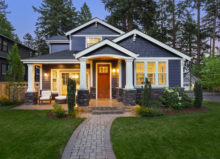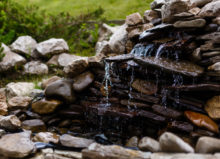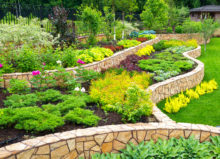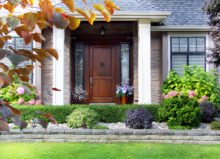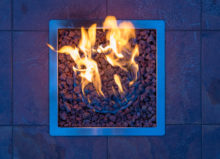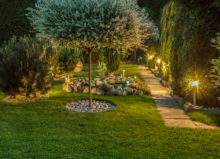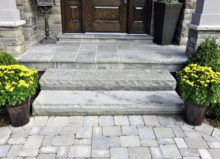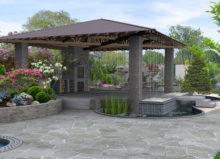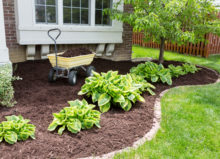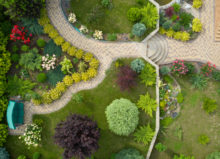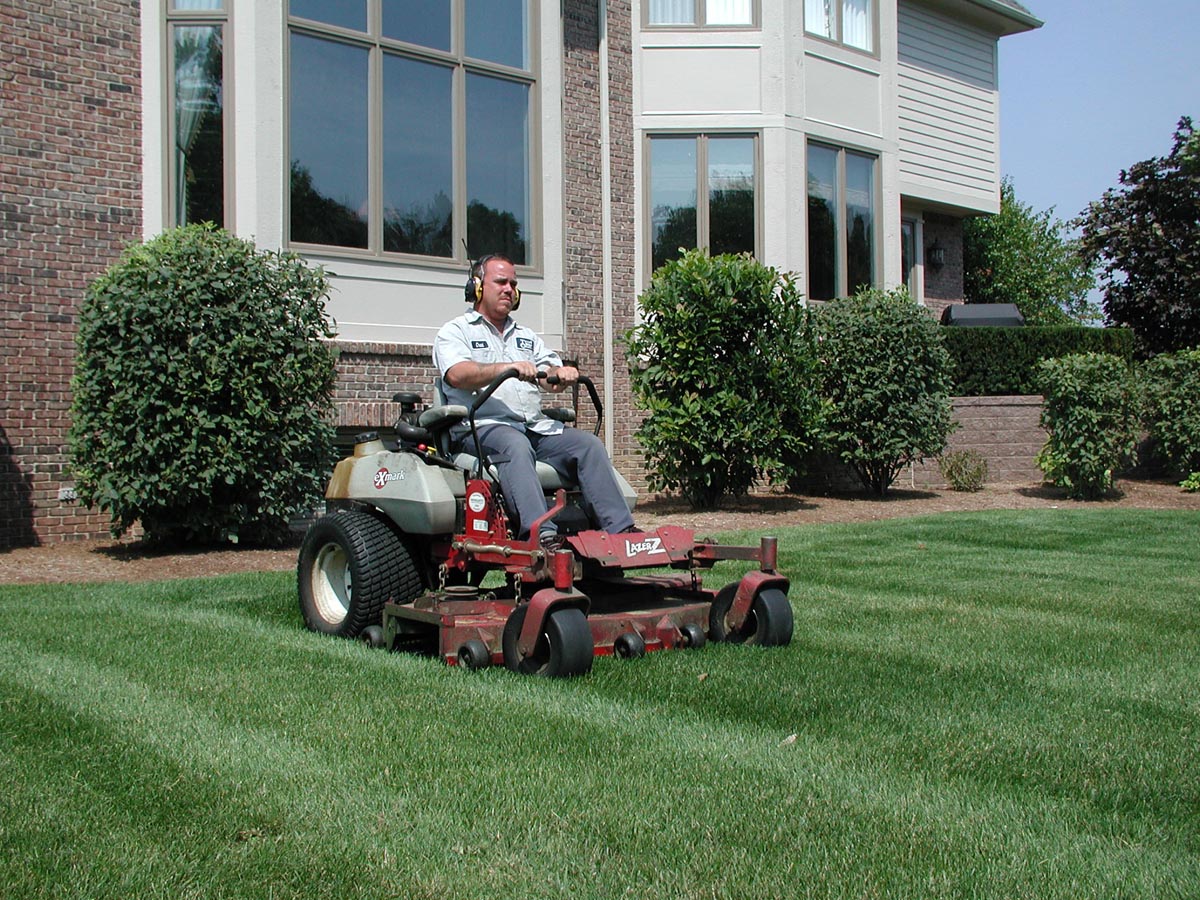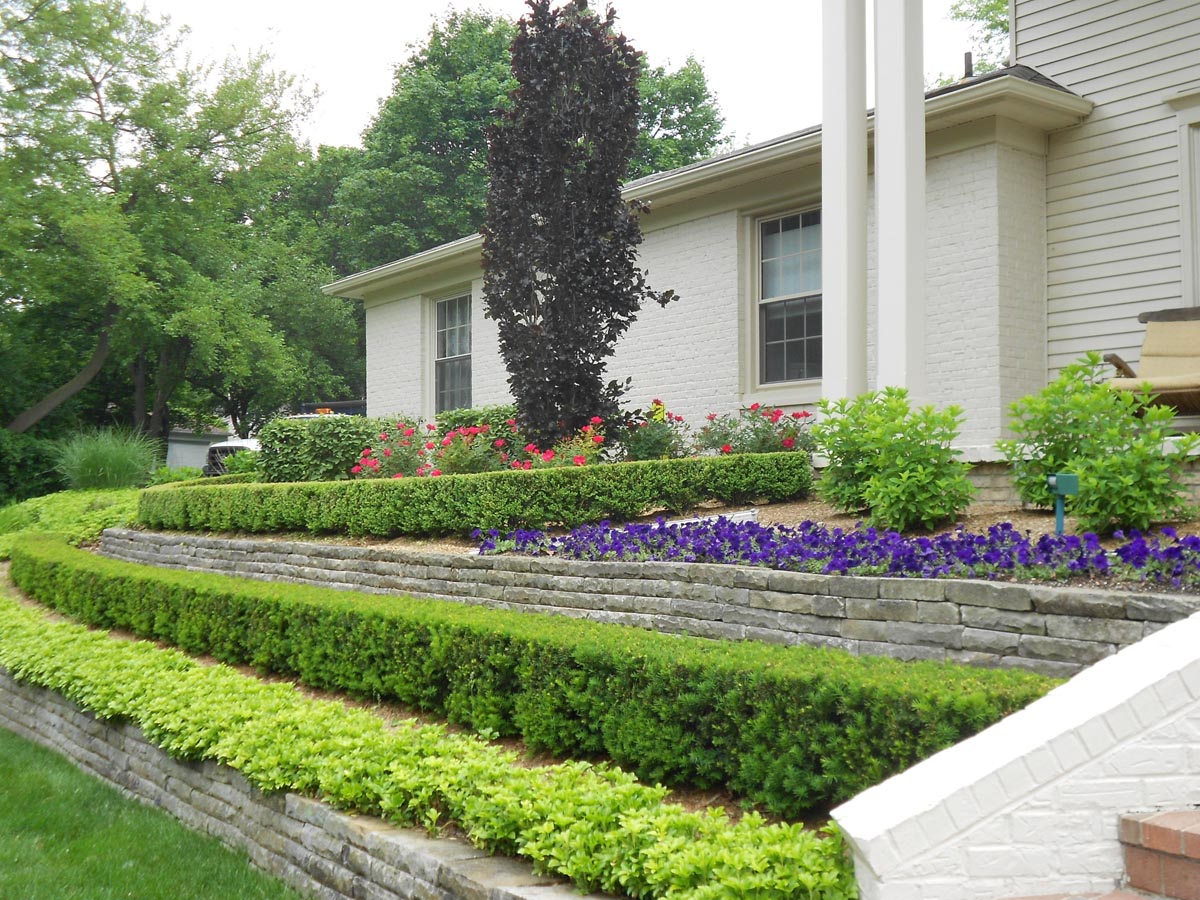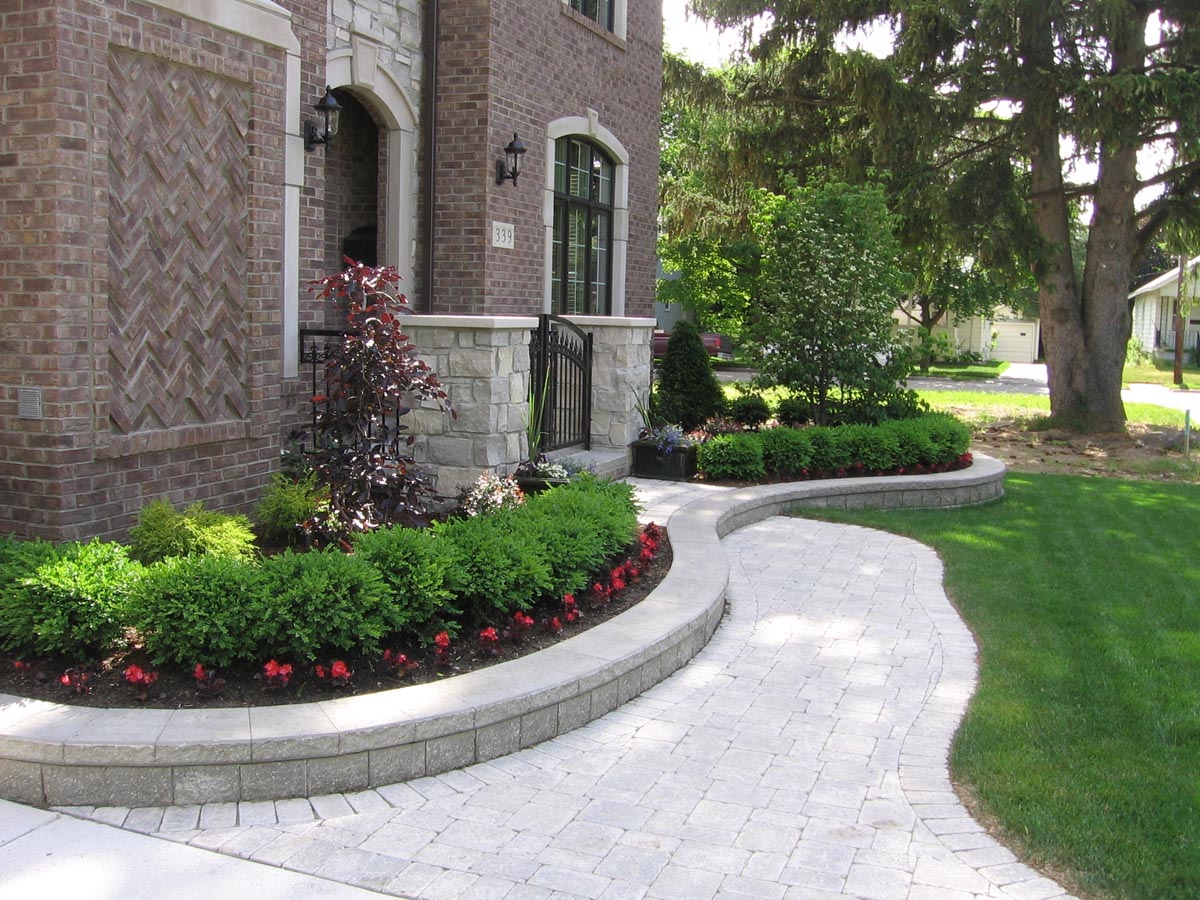Outdoor Fireplace Versus Fire Pit: Which Option is Best for You?
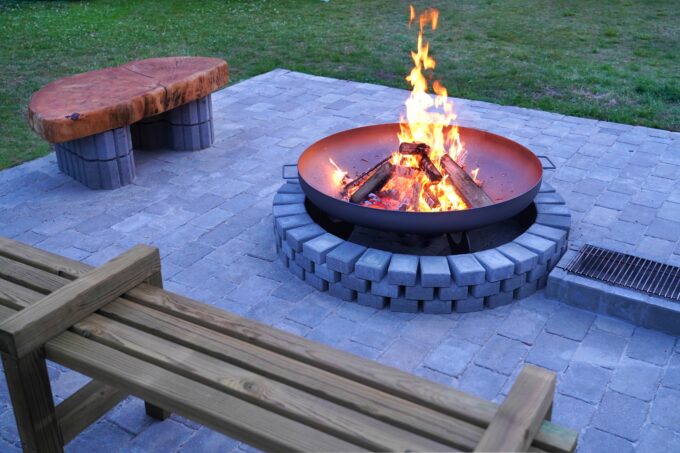
Outdoor Fireplace Versus Fire Pit: Which Option is Best for You?
Outdoor remodeling projects have been on the rise since 2022. Outdoor living projects are ideal because they allow homeowners to extend their usable space for a fraction of the cost. One easy and affordable upgrade homeowners can make is installing an outdoor fireplace or fire pit, which is a great way to add ambience to social gatherings. A fireplace or fire pit will also provide warmth and comfort on cool spring and fall evenings, making guests more willing to stay outside rather than regroup inside.
In this article, we’ll explore the differences between an outdoor fireplace and a fire pit and provide guidance on how to choose the best one for your living space.
Outdoor Fireplaces
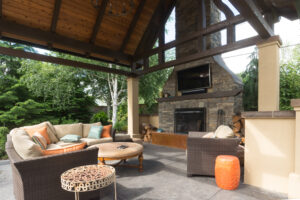
Outdoor fireplaces can turn your outdoor area into a warm, inviting sanctuary, creating a unique environment for entertaining guests or enjoying quality family time.
Installing an outdoor fireplace can be more complex than setting up a firepit, and it frequently requires professional assistance to ensure compliance with local building regulations. These guidelines often stipulate specific distances from other structures, certain design features for fire safety, such as spark arrestors or chimney caps, and environmental compliance concerning air pollution and fuel type. However, the end product is a striking, permanent addition that can considerably elevate your property’s aesthetics and potentially increase your property value.
Advantages & Disadvantages of Outdoor Fireplaces
Outdoor fireplaces provide a luxurious charm that’s difficult to replicate. Their tall structure can also serve as a windbreak, keeping your area cozy during colder periods. They’re also permanent structures that can potentially increase your home’s resale value.
Outdoor fireplaces represent a significant investment, with professional installation costs ranging from $1,500 to $20,000+, depending on the design, materials, and size. Regular maintenance is also crucial, involving tasks like cleaning, crack checks, and ensuring a clear chimney or vent. While some tasks can be self-performed, hiring a professional is often advisable for thorough servicing and early problem detection. Fireplaces also require a dedicated area, and their scale and permanence can reduce flexibility in location choice and future design alterations.
Fire Pits
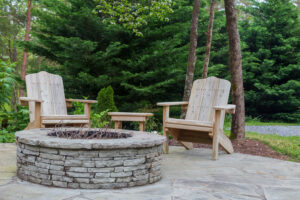
Fire pits offer a more relaxed atmosphere compared to fireplaces. Seating can be installed around the pit, allowing people to gather from all angles, which makes it a great choice for larger social events or family get-togethers.
Additionally, fire pits are easier and less costly to install than outdoor fireplaces and are available in diverse styles and dimensions.
Advantages & Disadvantages of Fire Pits
As mentioned earlier, fire pits are typically more economical to install. They’re also easier to maintain compared to outdoor fireplaces. Some fire pits can even be portable, providing better design and location flexibility.
Despite their advantages, fire pits come with some challenges. First, they don’t offer the same wind protection as outdoor fireplaces, and their open design requires a larger safety radius. They may also fail to deliver the same sophisticated aesthetic appeal that an outdoor fireplace can add to your landscape.
Factors to Consider When Choosing
Materials & Designs
Both fireplaces and fire pits come in an array of materials and styles, enabling you to choose an option that suits your preferred aesthetic and the existing outdoor decor. If you desire a classic, rustic look, consider materials like stone or brick. For a more modern, sleek appearance, metal or concrete may be the ideal choice. It’s also important to consider the durability and heat resistance of the materials – stone and brick, for instance, can handle high temperatures well and are remarkably resilient.
Safety Precautions
Regardless of whether you’re installing a fireplace or a fire pit, safety should always be paramount. Placement planning is critical – both fireplaces and fire pits should be located a safe distance away from any structures and overhanging branches. Regular maintenance is also important, involving tasks like cleaning and checking for any signs of damage. For fireplaces, ensuring that the chimney or vent is clear is vital, while for fire pits, ensuring that the surrounding area is free from combustible materials is key.
Local Rules & Permits
Before proceeding with your installation in Michigan, check local regulations and secure any necessary permits. Regulations may dictate the distance of the fireplace or fire pit from other structures, the type of fuel you can use, and the emission levels permissible. Building permits are typically required, and these involve submitting your design plans for approval and scheduling inspections during and after the installation. Regulations and permit requirements may vary from one municipality to another, so it’s advisable to check with your local building department or consult a professional like Design One, who is well-versed in these matters.
Get Help Installing Your Fireplace or Fire Pit
Fireplaces and pits both have advantages—the choice often rests on your unique preferences, needs, and budget. Our team at Design One can help you select the best option based on your existing landscape design and budget and manage the installation process for you. We’ve been installing hardscaping elements in Michigan for over 30 years, including outdoor fireplaces and fire pits.
Contact us today to learn more about our services and capabilities or to request a free project consultation.

